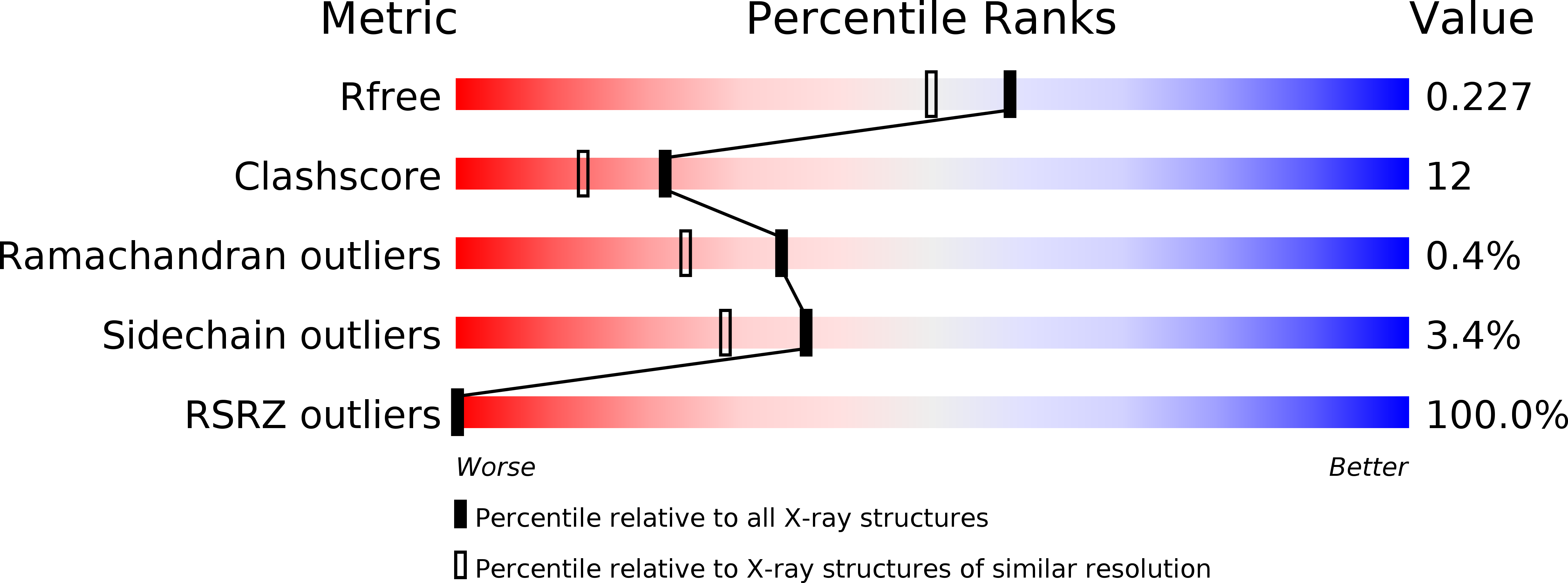
Deposition Date
2007-01-02
Release Date
2007-03-13
Last Version Date
2023-12-27
Entry Detail
PDB ID:
2OF3
Keywords:
Title:
TOG domain structure from C.elegans Zyg9
Biological Source:
Source Organism:
Caenorhabditis elegans (Taxon ID: 6239)
Host Organism:
Method Details:
Experimental Method:
Resolution:
1.90 Å
R-Value Free:
0.22
R-Value Work:
0.17
R-Value Observed:
0.17
Space Group:
P 41


